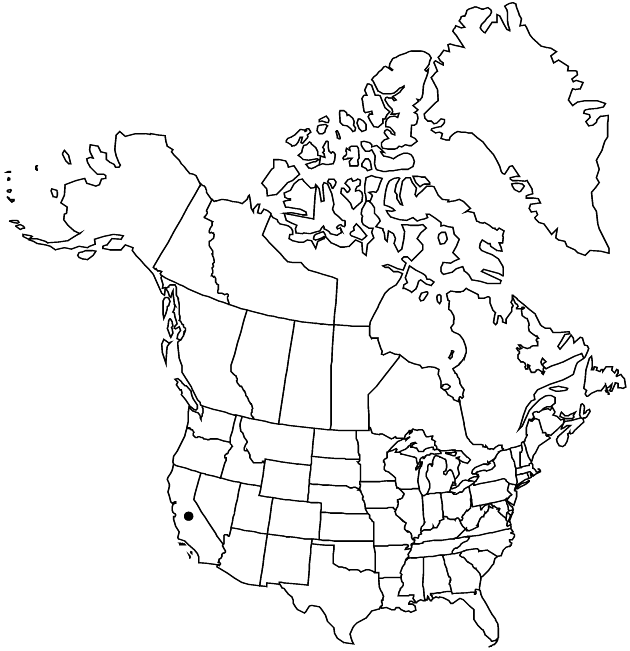Hazardia detonsa
Pittonia 1: 29. 1887.
Shrubs, 60–250 cm. Stems lanate-tomentose. Leaves subsessile or subpetiolate; blades obovate, 40–140 × 10–50 mm, subcoriaceous, bases not clasping, margins serrulate to subentire, abaxial faces densely lanate-tomentose, adaxial densely short-tomentose. Heads in thyrsiform to subcorymbiform heads. Involucres campanulate, 10–13 × 10–13 mm. Phyllaries erect, oblong, apices acute, faces densely woolly. Ray florets 6–14, fertile; corollas shorter than involucre, inconspicuous. Disc florets 30–40; corollas 8–10 mm. Cypselae 3–4 mm, canescent. 2n = 10.
Phenology: Flowering Apr–Nov.
Habitat: Open, rocky hillsides, canyon walls, often with Pinus, Quercus, Ceanothus, Rhus, Arctostaphylos
Elevation: 10–300 m
Discussion
Hazardia detonsa is known from Anacapa, Santa Rosa, and Santa Cruz islands. It is little differentiated from H. cana and clearly its evolutionary sister. In both taxa, the ray and disc florets often change to red-purple with maturity.
Selected References
None.
